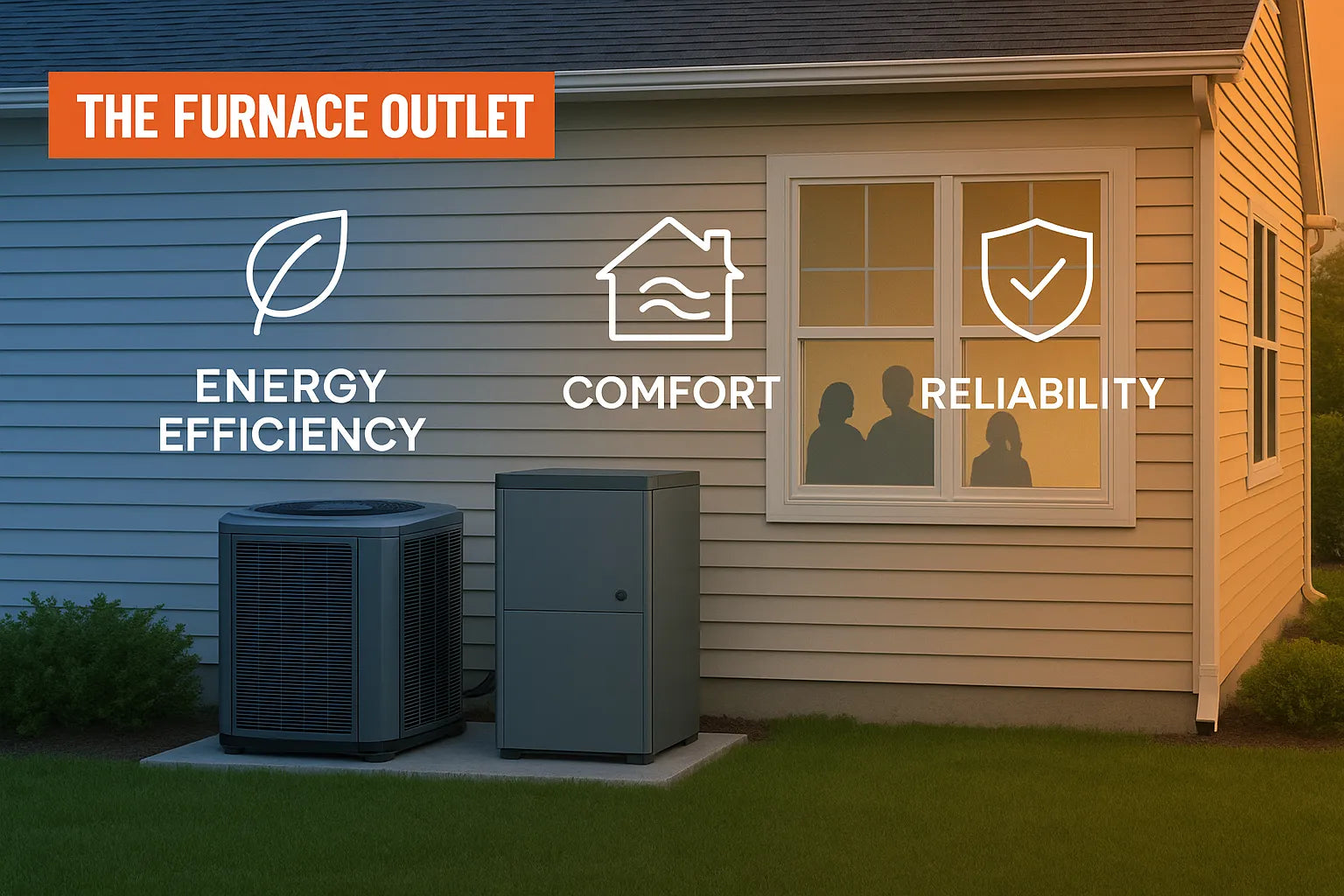A Family’s Wake-Up Call: Dust on the Dinner Table
Last summer, the Johnsons noticed a gritty layer on their dining room table even after cleaning. Sneezes followed, eyes watered, and the dog’s fur seemed to float in slow-motion sunbeams. That moment of “Why is our air so dirty?” sparks most IAQ journeys. In this guide, we’ll walk the same path the Johnsons took, step by step, so you can decide which indoor-air upgrades matter most in your home. Grab a seat—we’ll tackle each option together and call out quick wins along the way.
What “Clean Air” Really Means (IAQ 101)
Indoor Air Quality isn’t one number; it’s a mix of particles, germs, and moisture levels swirling through every room. The EPA points to three pillars:
-
Filtration – catching dust and allergens.
-
Disinfection – neutralizing bacteria, mold, and viruses.
-
Humidity Balance – keeping indoor relative humidity near 40–60 %.
Miss even one pillar and problems creep back. By the end of this article, you’ll know how to layer solutions so you’re not buying gadgets you don’t need. Pro tip: bookmark our Help Center for deeper dives on each topic.
First Line of Defense: How MERV Filters Work
Think of a MERV filter as a finely woven net tucked inside your HVAC return. The higher the MERV rating (1–16), the tighter that weave becomes, trapping:
-
Pollen & dust (MERV 8)
-
Pet dander & mold spores (MERV 11)
-
Some bacteria & smoke particles (MERV 13 +)
Because they catch the widest range of pollutants with one simple swap, filters are your “must-have” IAQ foundation. The Johnsons jumped from a cheap fiberglass filter to a pleated MERV-11—and saw dust levels drop in days. Need a replacement? Our warehouse stocks pleated filters alongside accessories that ship fast.
Matching MERV Rating to Your HVAC System
Before you leap to MERV-13 or higher, check your blower’s static-pressure limit. Too dense a filter can starve airflow, overheating the furnace or freezing the AC coil. Here’s an easy rule:
-
Standard split systems (newer than 2010): MERV 8–11 is typically safe.
-
High-efficiency variable-speed units: MERV 13 often works fine.
-
Older single-stage blowers: stick to MERV 8 unless a tech says otherwise.
Grab your model number, then run it through our free Sizing Guide or send a photo via our Quote-by-Photo tool for tailored advice.
When a Filter Isn’t Enough: The Microbe Problem
Even the best filter lets microscopic organisms sail through. Mold spores too small to stick, airborne viruses, bacteria riding water droplets—these can still thrive on your evaporator coil or inside supply ducts, especially in humid climates. That’s why many pros layer a second weapon right at the coil: UV light.
UV Lights Explained in Plain English
UV-C lamps bathe the coil surface in germicidal light, scrambling DNA/RNA so microbes die before hitching a ride into living spaces. Key points:
-
Kills, not captures: UV doesn’t remove dust or pet hair.
-
Placement matters: Mount within a few inches of coil fins for a “light curtain.”
-
Maintenance: Replace bulbs every 12–18 months; dust lowers output fast.
Used correctly, UV acts like a linebacker behind your filter, tackling what slips through. Curious what a kit looks like? Browse our coil-mounted options under HVAC Accessories.
Field Story: Installing UV in a Crowded Air-Handler Closet
During a condo retrofit, space was tight no room for bulky lamps. We chose a low-profile UV stick that slid into an existing knockout on the plenum.
Always kill power and don protective eyewear; UV-C can damage eyes and skin in seconds. The homeowner reported fewer musty smells within a week, confirming we’d zapped lingering mold.
The Humidity Balancing Act
Humidity seems like comfort fluff until you experience 65 % RH in July—hello, sticky pillows and moldy bathroom grout. On the flip side, 20 % RH in February cracks skin and triggers nosebleeds. Keeping indoor RH between 40 – 60 %:
-
Slows dust-mite reproduction
-
Reduces flu virus survival
-
Keeps wood floors stable
Use a $10 hygrometer today; data beats guesswork.
Tools for Taming Moisture
Whole-home dehumidifiers tie into your supply plenum, pulling pints of water per hour during muggy seasons. In dry winters, bypass or steam humidifiers add gentle moisture. For DIYers, our Ductless Mini-Splits often include “dry mode,” acting as mini-dehus for single rooms. Shortcut: aim dehus to drain via existing condensate lines—no empty buckets.
Building Your Priority Plan
-
Start with filtration. If allergies or pets are an issue, jump to MERV-11 or 13.
-
Add humidity control if RH stays outside 40–60 % more than two months a year.
-
Layer UV if someone in the home is immunocompromised or mold keeps returning.
-
This staged approach protects your budget—and your lungs—without overbuying gadgets.
Budget Snapshot: What to Expect
|
Upgrade |
Ballpark Cost* |
DIY-Friendly? |
Energy Impact |
|
MERV-11 filter (1-yr pack) |
$40–$60 |
✔️ Swap in minutes |
Small pressure rise |
|
Coil UV light kit |
$150–$300 |
⚠️ Wiring required |
Negligible |
|
Whole-home dehumidifier |
$1,000–$2,000 |
❌ Pro install |
Lowers AC runtime |
|
*Pricing from The Furnace Outlet catalog, August 2025. |
Save even more by checking our Scratch-and-Dent deals same warranties, better price.
Maintenance Roadmap & Next Steps
-
Every 30–90 days: Inspect filters; replace when gray.
-
Every season change: Verify RH with a hygrometer; adjust controls.
-
Every 12 months: Replace UV bulbs and clean quartz sleeves.
-
Every 3–5 years: Have a tech check duct sealing and static pressure.
Ready to breathe easier? Browse filters, UV kits, or humidity solutions in our Design Center. Clean, healthy air isn’t a luxury it’s a smart, doable project we can tackle together.







